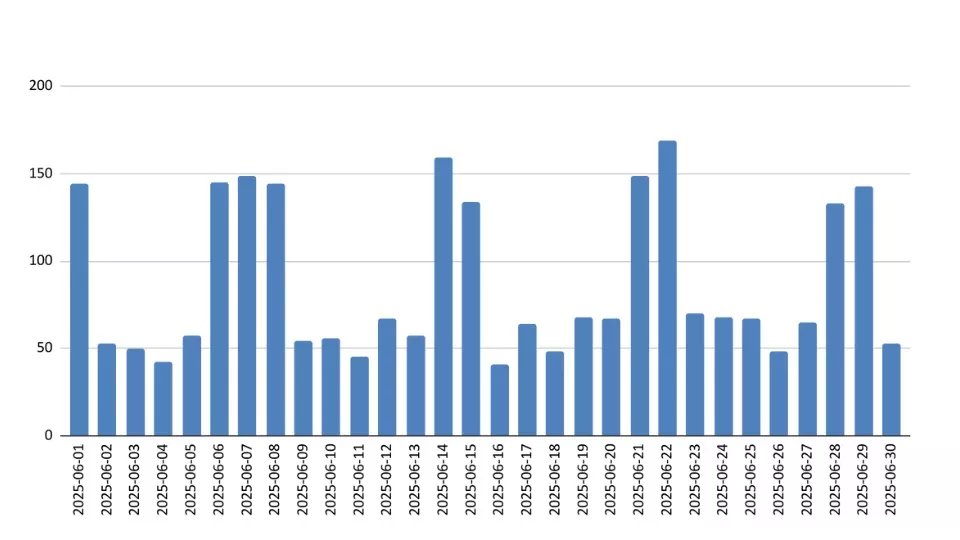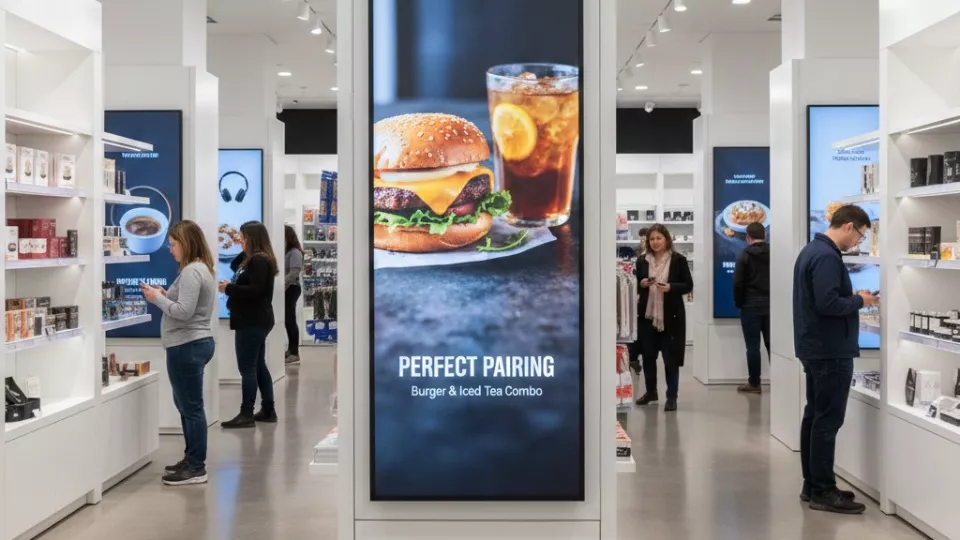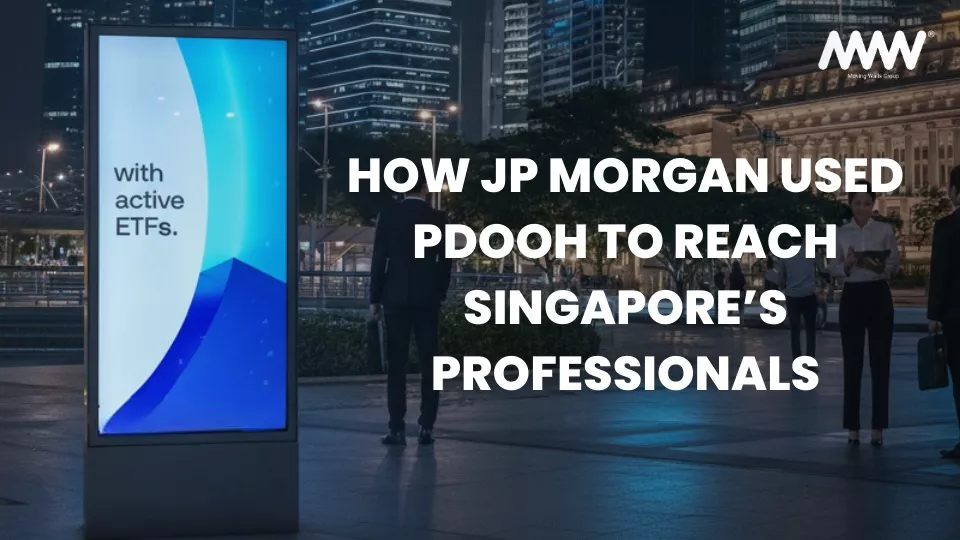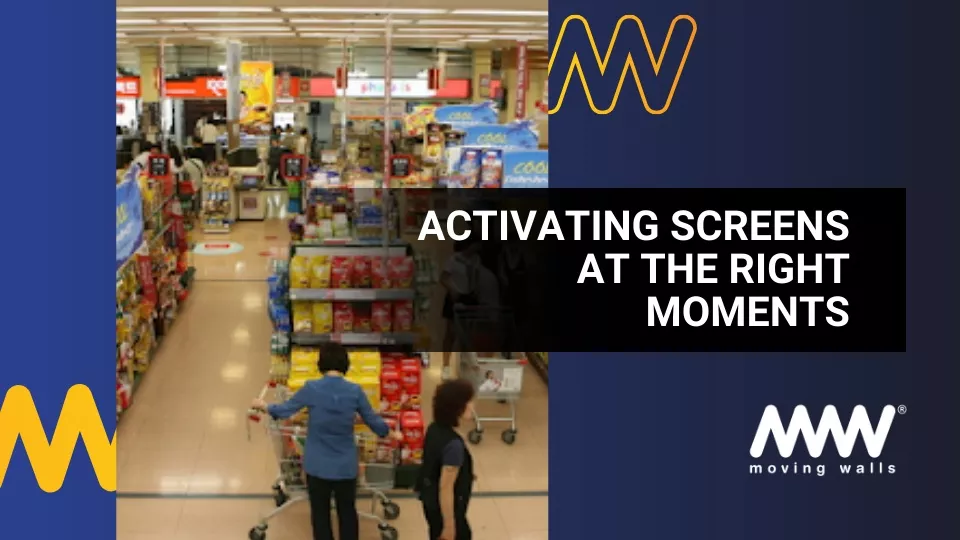November 27, 2025
How Store-level Transaction Data Increased Campaign Efficiency for a Retail Media Network in Store and Vicinity
Key Takeaways
- Store-level purchase patterns differ widely, making data-driven time-band selection essential for efficient DOOH activation.
- Weekends and event periods deliver the highest purchase intent, offering stronger windows for campaign placements.
- Targeting ads during verified category high spend hours reduces inefficient impressions, improving the effectiveness of existing screens.
- Transparent, insight-led recommendations strengthen advertiser confidence and support more accurate media planning.
Finding the Right Moments to Activate Screens
A leading retail media owner operates digital screens across commercial hubs, residential neighborhoods, and transit routes. Although audience movement was steady, advertisers struggled to understand when consumers were most likely to make purchases.
Campaigns frequently ran during broad, fixed time windows, leading to:
- Ads playing during low-intent hours
- Difficulty justifying media timing
- Higher inefficient impressions
- Missed opportunities during peak purchasing moments
To address this gap, the media owner explored how store transaction data could identify real consumer demand patterns and guide more precise DOOH activation. This analysis was conducted using Moving Walls Measure, which integrates audience data and transaction insights into a unified planning view.

Revealing Purchase Patterns Through Data
One month of transaction data was analysed across four distinct store environments
- Store A — Urban Commercial Hub
- Store B — Transit Zone
- Store C — Residential Cluster
- Store D — Mixed-Use Neighbourhood
This data was combined with audience measurement insights to uncover:
- Hourly sales peaks
- Weekday vs weekend differences
- Event-driven purchasing spikes
- Cross-category behaviours (Food + Beverage/Dairy)
The goal was to replace broad assumptions with observable, store-level consumer behavior.
What the Analysis Showed
Understanding Store-Specific Peak Hours
Each location followed its own rhythm:
- Store A: Strong midday activity (9 AM, 11 AM, 1 PM)
- Store B: Commute-linked peaks (9 AM, 1 PM, 5 PM)
- Store C: Evening-dominant purchases (10 AM, 7 PM, 9 PM)
- Store D: Early afternoon and late evening surges (1 PM, 8 PM, 9 PM)
These differences confirmed that a uniform DOOH schedule was inefficient.
Seeing the Impact of Weekends and Events
Across all stores:
- Weekend sales were 2.5× higher
- 55% of total monthly transactions occurred on Saturdays and Sundays
- Holidays and promotional events performed at weekend levels
This highlighted strong opportunities for short, high-impact DOOH activations.

Source: Moving walls
Identifying Complementary Behaviour
Shoppers purchasing food items frequently paired them with:
- Beverages
- Dairy products
This unlocked possibilities for cross-category messaging and sequential creative planning.
How the Retail Media Owner Applied the Insights
- DOOH activation windows were adjusted to match high-intent hours per store
- Weekend-heavy schedules were recommended to capture stronger demand
- Event-specific ad placements were added where purchase spikes were observed
- Brands were guided toward category-linked time bands instead of broad loops
- Use the transaction-linked insights to activate screens in the vicinity of the store to improve both conversion and footfalls.
These changes enabled more relevant, efficient use of their screen network.
All insights and recommended time bands were generated through Moving Walls Measure to ensure data-backed activation.

Results
The data analysis reshaped how the retail media owner planned and activated their DOOH screens. Instead of running fixed loops, screen timings were aligned with verified buying windows, creating a clear shift from assumption-based scheduling to performance-led optimization
Key improvements included:
- Greater precision in timing, with ads delivered during proven demand periods for each store.
- Fewer inefficient impressions, as low-performing hours were systematically removed from the schedule.
- Better relevance for both brands and shoppers, resulting in messaging that matched real consumer behavior.
- Stronger justification for planning decisions, backed by transparent, easy-to-share insights.
- Ability to quantify the impact of improved targeting by sales uplift in same-store sales pre and post-campaign.
Importantly, these improvements were achieved without adding new screens. Sales uplift came purely from smarter scheduling powered by measurement.
Impact
Using Moving Walls Measure, the retail media owner aligned screen timings with real purchase behavior. This improved targeting accuracy, streamlined campaign planning, and gave advertisers clear, data-backed confidence in the channel.
Activate Your Screens at the Moments That Matter Most
Want to unlock smarter, more precise DOOH activation? Connect with our team to explore how data-led timing can transform your network.
Share


